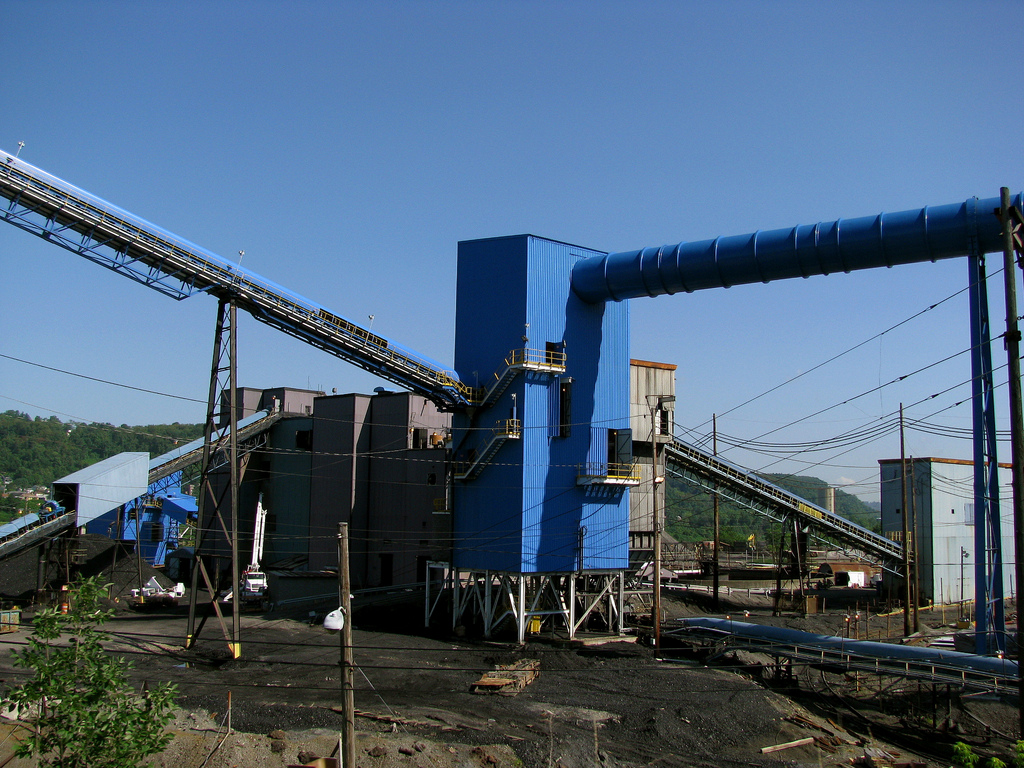Trump’s coal pandering plan would raise costs, undermine renewables

President Trump demanded today that the Department of Energy take immediate steps to prevent the closure of coal and nuclear plants, a dramatic intervention that will distort energy markets, raise consumer costs, and spark immediate legal challenges.
Full details of the order haven’t emerged, but it appears the DOE will attempt to force grid operators to buy power from a specified list of plants for a two-year period in a purported effort to ensure grid security and reliability, according to a memo obtained by Bloomberg. It’s become increasingly difficult for coal and nuclear power plants to operate economically amid growing competition from low-cost natural-gas, wind, and solar facilities.
The full impact of the measure will depend on how many power plants are involved, which isn’t yet clear. But requiring grid operators to buy power from high-priced sources pushes up total system costs, hitting residential and business customers in the wallet, says Joshua Rhodes, an energy researcher at the Energy Institute at the University of Texas at Austin. It also undermines the economics of otherwise more competitive plants, potentially reducing the profitability of renewables and discouraging additional development.
“It keeps older, less efficient assets in place that the markets are saying we don’t need,” Rhodes says.
The stated rationale for the order is a transparent cover for Trump’s true aim of propping up the struggling coal industry, as he’s promised to do throughout his campaign and presidency. The DOE’s own staff report last year found that grid reliability is improving, and both nuclear and coal plants were forced to shut down in the face of extreme weather last year.
The move follows the administration’s earlier efforts to shore up the coal sector through a proposed Federal Energy Regulatory Commission rule, which the regulators rejected in January. It would have effectively subsidized plants that can stockpile more than 90 days’ worth of fuel, namely coal and nuclear facilities (see “Trump’s five biggest energy blunders in 2017”).
In this case, the administration appears to be asserting authority for the move under a handful of laws, including the Defense Production Act, which was created to ensure access to resources necessary for national defense during wartime.
“They’re trying to argue that the whole is greater than the sum of its parts, which implicitly acknowledges there is no law on the books that allows DOE to do this,” says Ari Peskoe, director of the Electricity Law Initiative at Harvard. “The legal justification for this is flimsy.”
Peskoe says that competing electricity producers, trade groups, and environmental organizations will all challenge the order, both at the Federal Energy Regulatory Commission and in the United States court of appeals.
Indeed, a broad coalition of energy interests, representing petroleum, natural-gas, solar, and wind businesses, quickly criticized the move.
In a statement, Todd Snitchler of the American Petroleum Institute called the the administration’s plan “unprecedented and misguided.”
Deep Dive
Climate change and energy
The problem with plug-in hybrids? Their drivers.
Plug-in hybrids are often sold as a transition to EVs, but new data from Europe shows we’re still underestimating the emissions they produce.
Harvard has halted its long-planned atmospheric geoengineering experiment
The decision follows years of controversy and the departure of one of the program’s key researchers.
Why hydrogen is losing the race to power cleaner cars
Batteries are dominating zero-emissions vehicles, and the fuel has better uses elsewhere.
Decarbonizing production of energy is a quick win
Clean technologies, including carbon management platforms, enable the global energy industry to play a crucial role in the transition to net zero.
Stay connected
Get the latest updates from
MIT Technology Review
Discover special offers, top stories, upcoming events, and more.